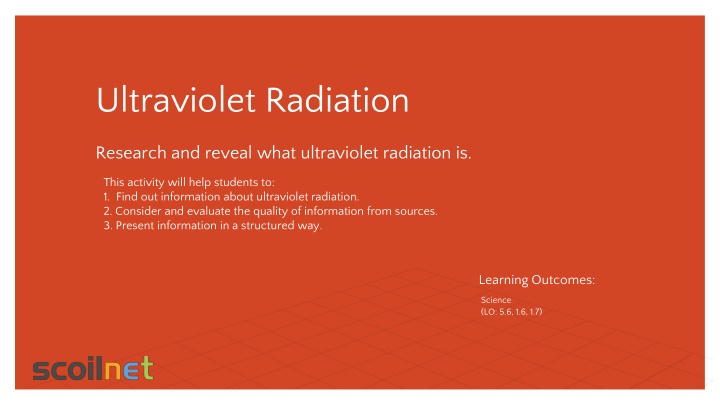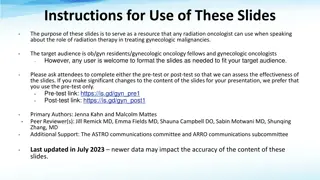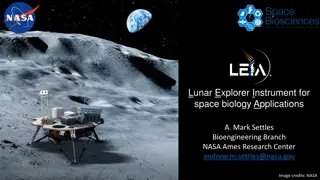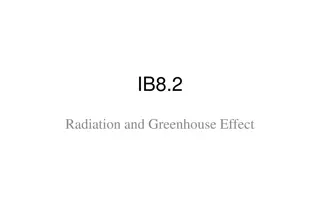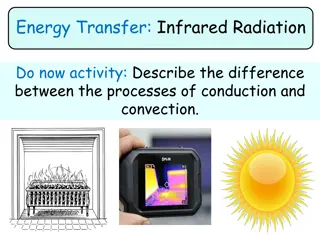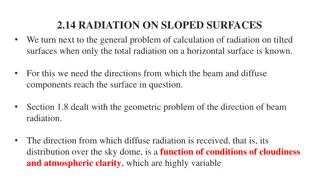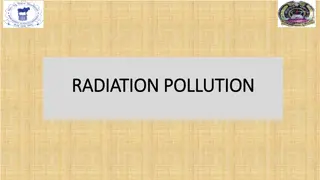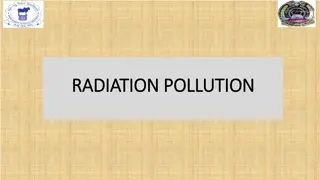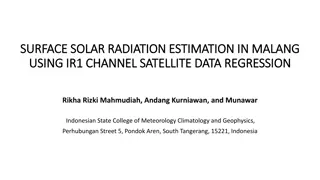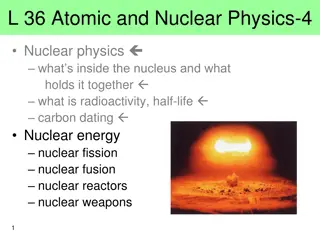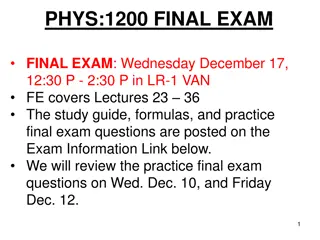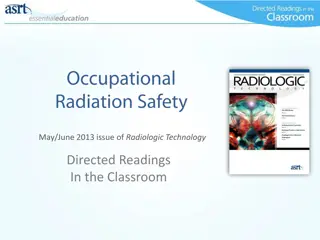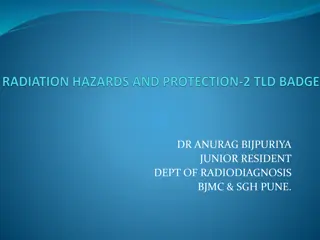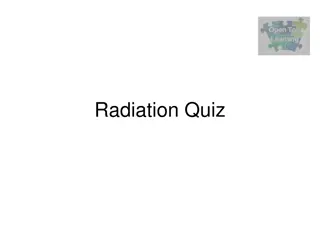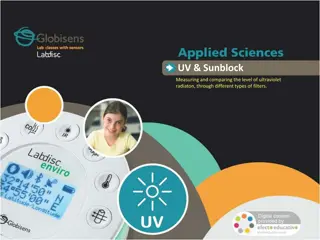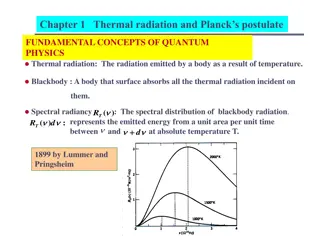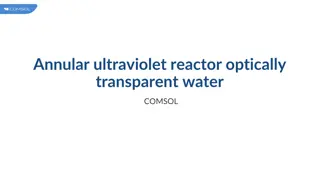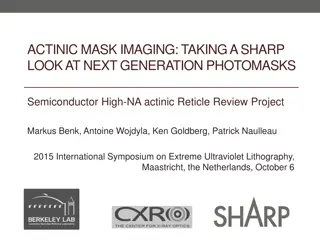Ultraviolet Radiation Research: Exploring Key Skills
This research activity focuses on ultraviolet radiation, guiding students to find quality information, evaluate sources, and present their findings effectively. Key skills such as communication, self-management, information management, and critical thinking are emphasized. The stages of the research process are outlined, along with tips on assessing the quality of information sources. Students learn to identify reliable sources, recognize bias, and rank sources by reliability. Encouraging active participation and structured research, this activity promotes scientific literacy and inquiry-based learning.
Download Presentation

Please find below an Image/Link to download the presentation.
The content on the website is provided AS IS for your information and personal use only. It may not be sold, licensed, or shared on other websites without obtaining consent from the author.If you encounter any issues during the download, it is possible that the publisher has removed the file from their server.
You are allowed to download the files provided on this website for personal or commercial use, subject to the condition that they are used lawfully. All files are the property of their respective owners.
The content on the website is provided AS IS for your information and personal use only. It may not be sold, licensed, or shared on other websites without obtaining consent from the author.
E N D
Presentation Transcript
Ultraviolet Radiation Research and reveal what ultraviolet radiation is. This activity will help students to: 1. Find out information about ultraviolet radiation. 2. Consider and evaluate the quality of information from sources. 3. Present information in a structured way. Learning Outcomes: Science (LO: 5.6, 1.6, 1.7)
Research Activity Key Skills: Communicating, Managing Myself, Managing Information and Thinking, Being Literate. Try these guidelines when setting up your classroom to facilitate a research activity. 1 Discuss the importance of considering the quality of information from different sources. Explore how students can evaluate 2 sources of information. Illustrate how students can cite and 3 reference the sources they use. Provide students with the opportunity 4 Research is the systematic investigation into and study of materials and sources in order to establish facts and reach new conclusions. to research the topic of ultraviolet radiation using the research template and mini-questions provided.
Research Activity - Stages Key Skills: Communicating, Managing Myself, Managing Information and Thinking, Being Literate. One of the best ways to organise your research is to divide your work into separate mini-tasks or mini-questions Choosing a Topic Ultraviolet Radiation Identify Key Questions Find Sources and Materials Take Notes on Sources Answer Key Questions Present Findings and Conclusions. Which part of the research process to do you think is the most important? Explain your reasoning.
Research Activity - Quality of Information Key Skills: Communicating, Managing Myself, Managing Information and Thinking, Being Literate. The following words are often used to describe good sources of information. Do you know the meaning of each of these words? Which of these words would you use when defending the sources you used? Explain your reasoning... Extension: Create a Wordle listing words that describe poor sources of information.
Evaluating Sources Key Skills: Communicating, Managing Myself, Managing Information and Thinking, Being Literate. How can you tell if a source is reliable? How can you tell if information is biased or one-sided? Rank these sources from the most reliable to least reliable. Blog post from an influencer World Book Online article NASA website Irish Cancer Society website Wikipedia article Website selling Sun Cream World Health Organisation Publication Newspaper Report A friend My science school book 1. ________________________ 2. ________________________ 3. ________________________ 4. ________________________ 5. ________________________ 6. ________________________ 7. ________________________ 8. ________________________ 9. ________________________ 10.________________________ Guide to Evaluating Sources Guide to Evaluating Sources
What is ultraviolet radiation? What are the harmful effects of UV rays? Ultraviolet Radiation How was ultraviolet light discovered? What is the main source of UV radiation on Earth? What environmental factors affect the amount of UV exposure you get outdoors? Scientists separate ultraviolet rays into three categories known as UVA, UVB, and UVC according to wavelength. Describe each category. What are the main ways to protect yourself from UV radiation? What is ultraviolet radiation used for? UVA UVB UVC
What are ultraviolet rays? UV rays are an invisible form of light. They lie just beyond the violet end of the visible spectrum. The UV rays have shorter wavelengths than visible light. They are invisible to the human eye but the presence of UV radiation can be detected as it causes certain substances to fluoresce. Source: NASA How was ultraviolet light discovered? In 1801, Johann Ritter conducted an experiment that proved the existence of UV light. In his experiment, he found that silver chloride, which decomposes in the presence of light, is more rapidly decomposed when exposed to radiation beyond the violet end of the light spectrum. Source: Britannica Teacher Reference What are the harmful effects of UV rays? Being exposed to too much UV radiation causes sunburn, tanned skin, skin ageing, premature wrinkles and eye damage. Source: Irish Cancer Society Ultraviolet Radiation Exposure to the sun's ultraviolet rays over a long period can cause skin cancer and other changes in human cells. Such exposure also can damage or kill plants. Source: World Book Online What is the main source of UV radiation on Earth? The sun is the major natural source of ultraviolet rays. The rays can be produced artificially by passing an electric current through a gas or vapor, such as mercury vapor. Source: World Book Online article What environmental factors affect the amount of UV exposure you get outdoors? Sun height, latitude, cloud cover, altitude, the ozone layer, and ground reflection. Source: WHO website Scientists separate ultraviolet rays into three categories known as UVA, UVB, and UVC according to wavelength. Describe each category. What is ultraviolet radiation used for? Short wavelengths are used to kill bacteria and to sterilize surgical instruments. Food and drug companies use germicidal lamps (UVC light) to disinfect various types of products and their containers. Direct exposure to ultraviolet rays with wavelengths shorter than 320 nm produces vitamin D in the body. To treat some skin disorders, such as acne and psoriasis. Some instruments use ultraviolet rays to identify the chemical composition of unknown materials. Source: World Book Online Article What are the main ways to protect yourself from UV radiation? UVA (315-400 nm): UVA makes up most of the UV that reaches the Earth surface. It reaches the deeper layer of the skin causing skin ageing, eye damage and skin cancer. 1. 2. Be aware of the UV Index level. Protect your skin from UV damage with the SunSmart Code. Seek shade from direct and indirect UV rays. Cover skin with clothes and hat. Wear sunglasses. Use suncream. Do not use Sunbeds. Source: Irish Cancer Society UVB (280-315 nm): Medium-wavelength UVB is very biologically active but cannot penetrate beyond the superficial skin layers. It is responsible for delayed tanning and burning. Most solar UVB is filtered by the atmosphere. UVC (100-280 nm): Short-wavelength UVC is the most damaging type of UV radiation. However, it is completely filtered by the atmosphere and does not reach the earth's surface. Source: WHO 3.
More Questions about UV Rays: Visit the following websites to find out more information. https://lh5.googleusercontent.com/j9yKF3uF3h9qwVre5PnEuU6K5dk35GVCB9lra56hjdk7sB75yvoDmELOOX2moWYFUvQQgUjT7HEHDwdAaN1Q7UoBeJeAoUz5-PQc5SwPjiUvTTv9ycmR5v7f378EEdYA-g6hWZtK-CNcuKUJow Arrow pointing right with a hyperlink to the PowerPoint team blog. Select the image to visit the PowerPoint team blog https://lh6.googleusercontent.com/3Laurh2XQN4qO3V2vHdPmB6ZA03oHFhNJdm8KOTixfuDd12pTtRPD4sXxHjL2Nx5qyJdG8BleadPmXJFzFuj8hdRSHjvhOsB0b09d_MAcXxmnok_BttLQ45qYlwy8-Slm29G99YKC_mCVOb7DA Arrow pointing right with a hyperlink to the PowerPoint team blog. Select the image to visit the PowerPoint team blog https://lh3.googleusercontent.com/1fDJN7QlVWHqdgKypQMqBhFpavT5mAm71M4HJ-hrITdrY4Y7_RmGa3QvUxOg3QOcn_QErh-HvfmvlIXcDS0-4VHpon-4e3d3AfDrQZPIT-yw1f0ewkf8mn0C2bMdR_lAABJuySC3jmOEEeyb3w Arrow pointing right with a hyperlink to free PowerPoint training. Select the image to access free PowerPoint training https://lh4.googleusercontent.com/UlwPonSS1xCdJ2EoT8ngSb0rxGVs3hpbxvE9Sf3gyeUUStS2lV1jXrYehZMamI6cC-RpLHIU99rhNlfgZMamgEQZlVGnr55Chzx1GfgX5abIb6fRS1vvircnX9jFtWzbZWVfEqQIPtL5ZJuubw Arrow pointing right with a hyperlink to free PowerPoint training. Select the image to access free PowerPoint training https://lh3.googleusercontent.com/yMs3W6rdqWjxyCodGJdl7U98zFSexb5h2gnzrk-tLePVu2NhyRGkMhyO_KJlzZDYH3qZMpOPiui87qaiWxhexf-rWiokD4qSvegvPlfWecd3BKQ-MseYy-sc6L9eDsfXlPx-Hqqn8pswV4NUEg Arrow pointing right with a hyperlink to give feedback about this tour. Select the image to give feedback about this tour Arrow pointing right with a hyperlink to give feedback about this tour. Select the image to give feedback about this tour https://lh6.googleusercontent.com/VL9IqxKAWvuCHD60ffo8pdObnoFe9WmNfFQYBnQugTWSyehZ1FRU9EleUgOfx4UTJrGUJYEkh7ESfSxBITr6Afw_LOwXbrthvSLY4xy8gy7SH4EuOnpvCcfw85IV8tUPve0bnBhTvizyhjzfAw
